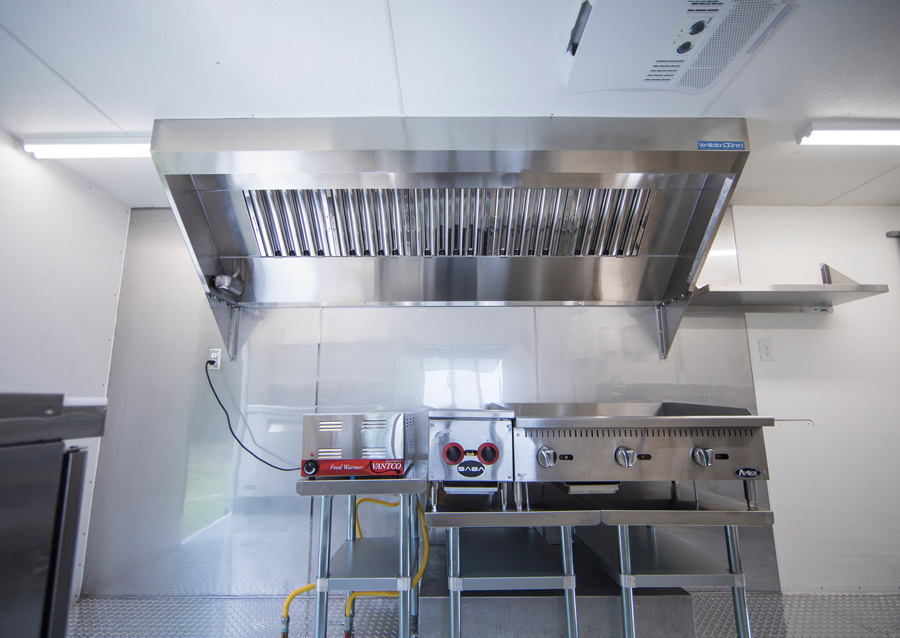
Giesen, B.J.M., Penders, S.H.A., Loomans, M.G.L.C., Rutten, P.G.S. Smoke control in case of fire in a large car park: CFD simulations of full-scale configurations. The Fifth Conference on Performance-Based Fire and Fire Protection Engineering, 2011. Numerical study on impulse ventilation for smoke control in an underground car park. V European Conference on Computational Fluid Dynamics, ECCOMAS CFD 2010, Lisbon, Portugal, 14-17 June. Impulse ventilation in underground car parks: the influence of parked cars in smoke control. Tunneling and Underground Space Technology, 25,42-53.

The use of impulse ventilation for smoke control in underground car parks. Smoke control in an underground car park with impulse ventilation. An Introduction to Fire Simulation with FDS and Smokeview. Fire Dynamics Simulator-User's Guide (Version 5). Mcgrattan, K., Mcdermott, R., Hostikka, S. International journal on Architectural Science, 7,35-46. Applying large eddy simulation in the study of fire and smoke spread at underground car park. Quincy, MA: National Fire Protection Association. In DiNenno, P.J (ed.), The SFPE Handbook of Fire Protection Engineering, 4th ed., pp. Assessment of hazards to occupants from smoke, toxic gases and heat. Design Methodologies for Smoke and Heat Exhaust Ventilation. Morgan, H., Ghosh, B., Garrad, G., Pamlitschka, D., Smedt, J. Report submitted by BRE Department for Communities and Local Government "Fire spread in car parks", December 2010. NFPA 88, Standard for parking structures.
PYROSIM EXHAUST FAN CODE
National Egyptian code for car parks, 2010. Visibility at Z = 1.8 with 10,000 droplet count and 1-mm droplet diameter. Visibility at Z = 1.8 with 5,000 droplet count and 1-mm droplet diameter. Visibility at Y = 5 with 10,000 droplet count and 1-mm droplet diameter. Visibility at Y = 5 with 5,000 droplet count and 1-mm droplet diameter. Visibility at X = 5 with 10,000 droplet count and 1-mm droplet diameter. Visibility at X = 5 with 5,000 droplet count and 1-mm droplet diameter. Regarding visibility in the X, Y, and Z directions, it is obvious that using 1 mm droplet diameter with 10,000 droplet count gave the best results. To further investigate the effect of droplet count, a comparison between 5,000 and 10,000 droplets with 1mm diameter was conducted (Figures A.24-A.29). Visibility at X = 5 with 30,000 droplet count.Īccording to the above figures, increasing the droplet had minimal effect on the visibility in space. Visibility at X = 5 with 10,000 droplet count. Visibility at X = 5 with 5,000 droplet count. Visibility at Z = 1.8 with 30,000 droplet count. Visibility at Z = 1.8 with 10,000 droplet count.


Visibility at Z = 1.8 with 5,000 droplet count. Visibility at Y = 5 with 30,000 droplet count. Visibility at Y = 5 with 10,000 droplet count. Visibility at Y = 5 with 5,000 droplet count. Three different droplet counts were used: 5,000,10,000, and 30,000, with a 0.5-mm droplet diameter and 0.1-m cell size (Figures A.14-A.23). Keep in mind that for a real sprinkler or nozzle, there are many more droplets created per second than the number that can be simulated." If you encounter a numerical instability shortly after the activation of a sprinkler or nozzle, consider increasing PARTICLES_PER_SECOND to produce a smoother evaporation pattern that is more realistic. If this parameter is too small, it can lead to a non-physical evaporation pattern, sometimes even to the point of causing a numerical instability. In some simulations, it is a good idea to increase this number so that the liquid mass is distributed more uniformly over the droplets. Note that PARTICLES_PER_SECOND can be a very important parameter. Changing this parameter does not change the flow rate, but rather the number of droplets used to represent the flow. Note that this parameter only affects sprinklers and nozzles. It is listed on the PROP line that includes other properties of the sprinkler or nozzle. PARTICLES_PER_SECOND is the number of droplets inserted every second per active sprinkler or nozzle (Default 5,000). Droplets Count EffectĪ sprinkler or nozzle is added to the simulation using a PROP line to describe the features of the device and a DEVC line to position and orient the device within the computational domain. Velocity at Y = 5 with a 1-mm droplet diameter. Velocity at Y = 5 with a 0.25-mm droplet diameter. Temperature at Y = 5 with a 0.5-mm droplet diameter.


 0 kommentar(er)
0 kommentar(er)
